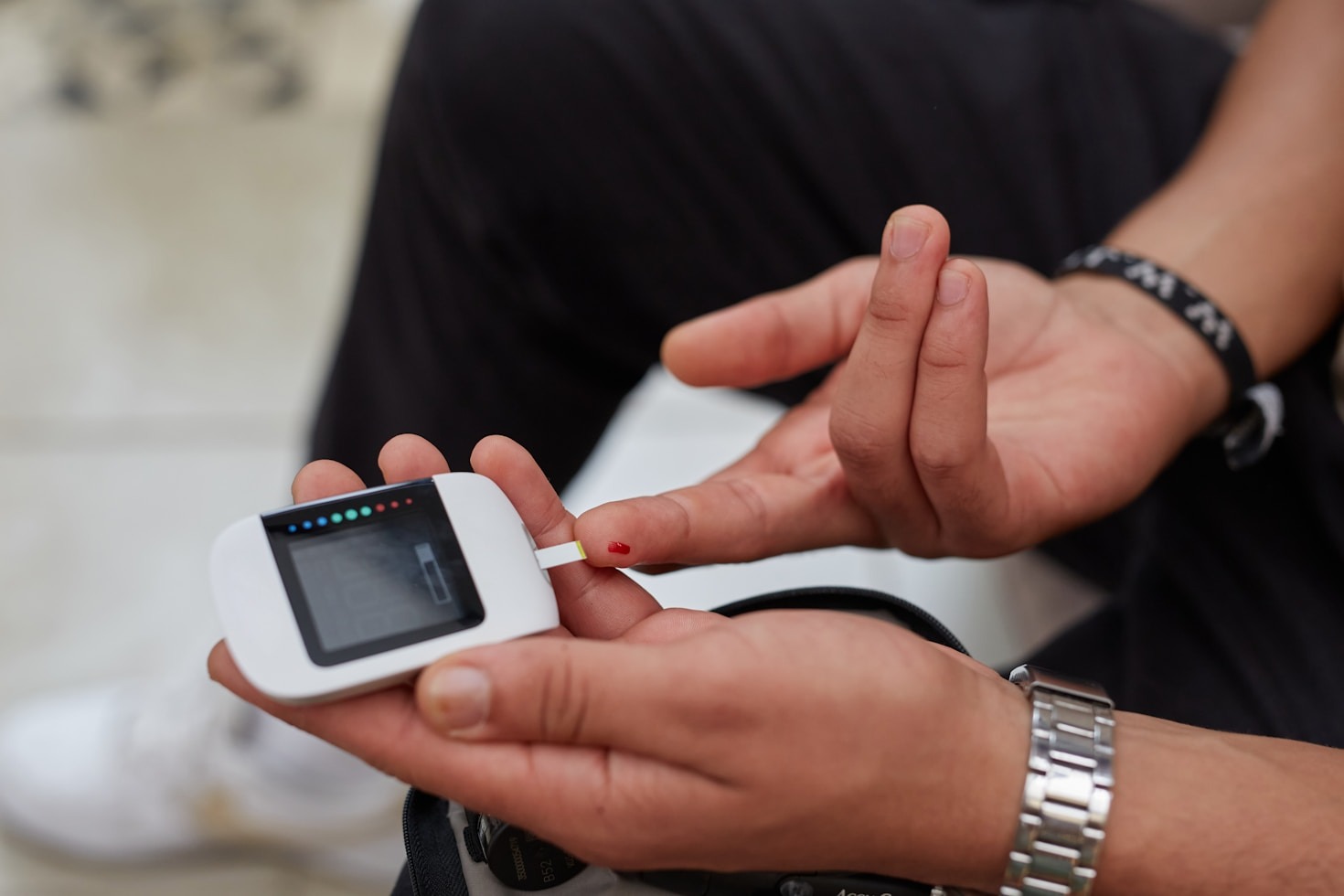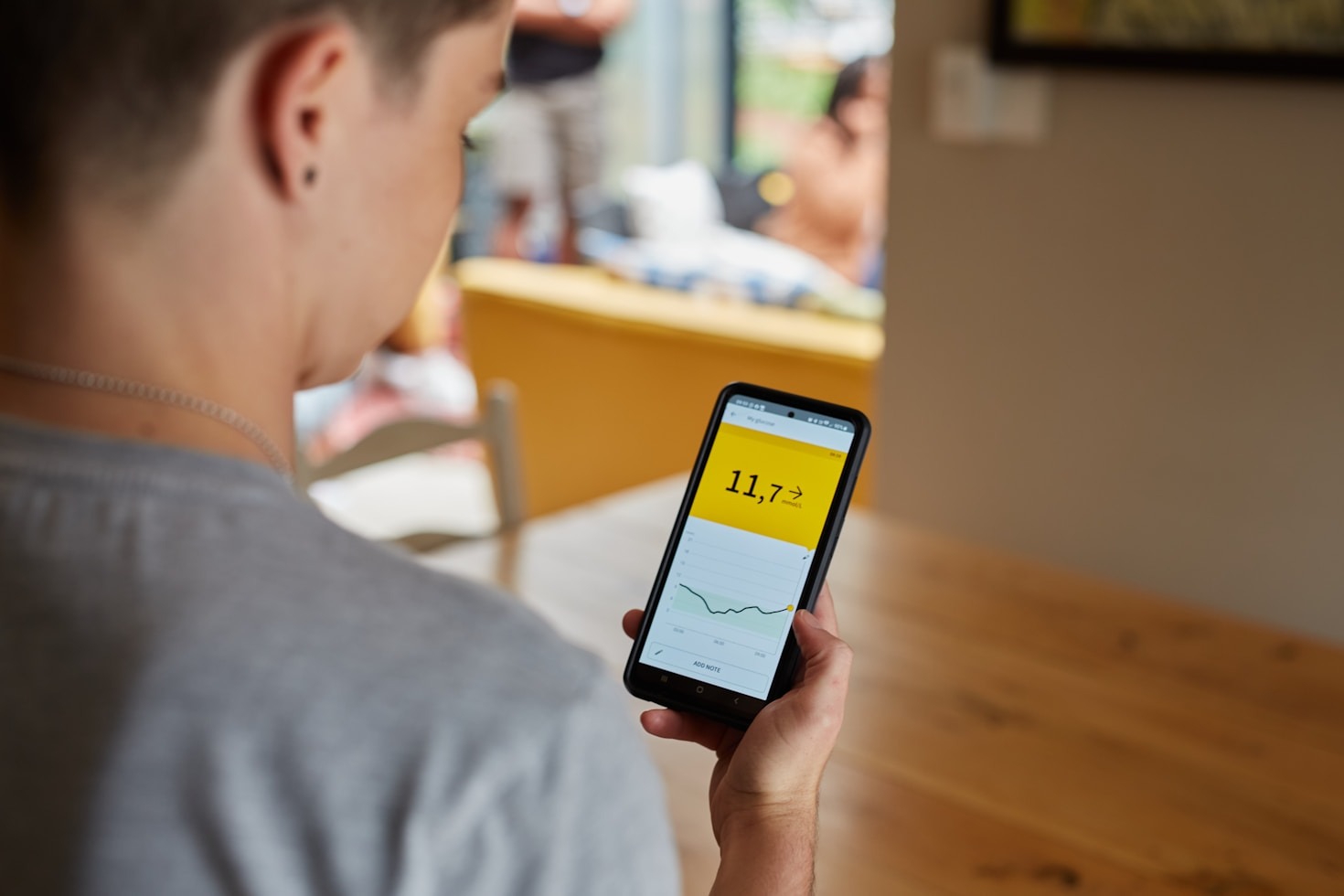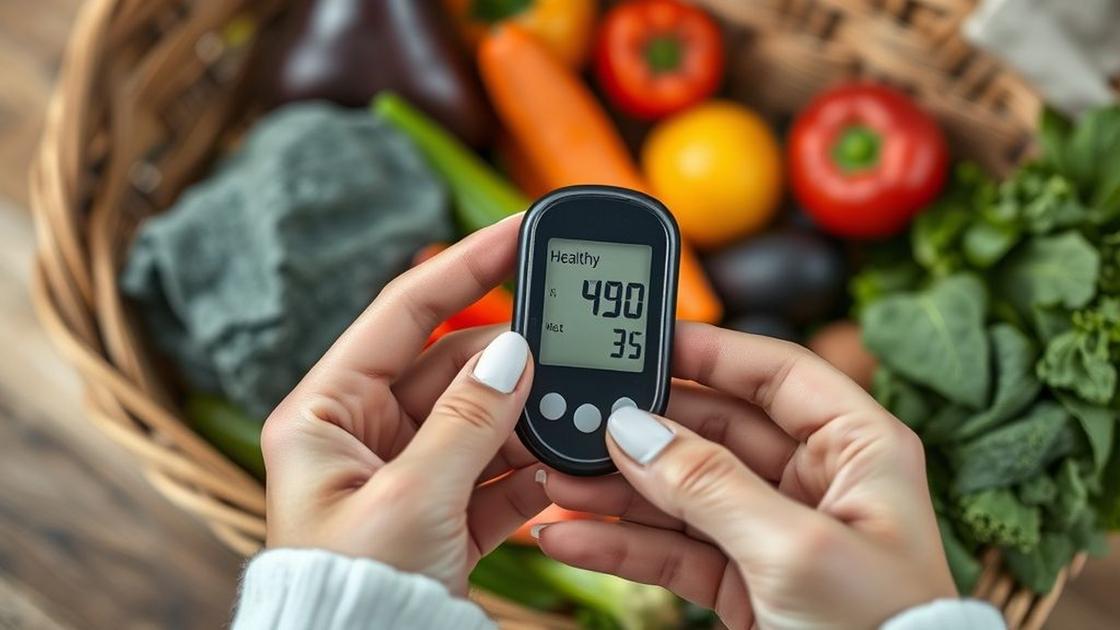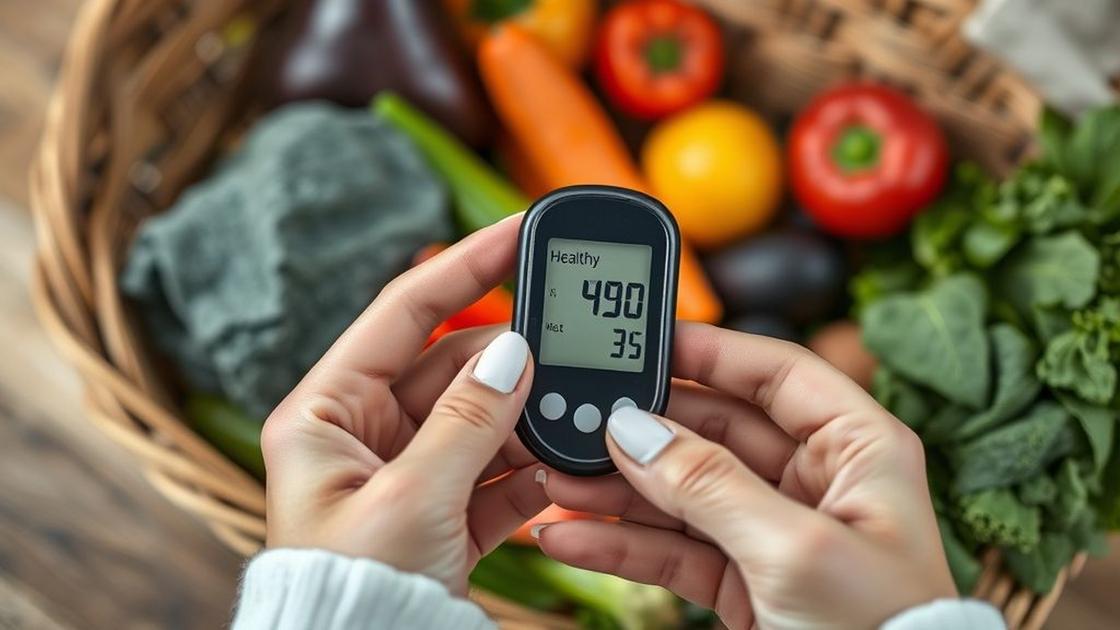Feeling tired all the time? Recognizing early fatigue as a sign of sugar imbalance can help you reclaim your energy. Many women over 30 experience this silent struggle, often dismissing it as a normal part of life. However, understanding the connection between fatigue and sugar levels might just be the breakthrough you need. This article dives deep into recognizing these signs and offers effective solutions to help you feel vibrant and alive again.
Understanding Sugar Imbalance and Fatigue
Many women over 30 face a common yet often overlooked issue—early fatigue, which can be a sign of sugar imbalance. When your body struggles to balance blood sugar levels, it can lead to feelings of tiredness and low energy. Understanding sugar imbalance is crucial. When you consume carbohydrates, they break down into glucose, which your body uses for energy. If your blood sugar spikes too high, it can crash just as quickly, leaving you feeling drained and fatigued.
How does this happen?
It starts with your diet. Consuming a lot of sugary snacks or processed foods can lead to persistent blood sugar swings. These fluctuations can trigger not only fatigue but also anxiety and irritability, which can affect your daily life. If you’ve been feeling unusually tired and find that a good night’s sleep doesn’t help, it might be time to examine your sugar intake and its effects on your body.
Why Women Over 30 Are Affected Most
As women age, hormonal changes and metabolic shifts can exacerbate issues related to sugar balance. Hormonal fluctuations—especially during perimenopause and menopause—can make it harder for your body to regulate blood sugar. This can lead to more noticeable feelings of fatigue and even insomnia.
In addition to hormonal changes, consider these factors:
- Stress: Higher stress levels can lead to poor dietary choices and less physical activity.
- Less Physical Activity: Busy lifestyles can result in fewer workouts, which are crucial for maintaining energy levels.
- Increased Responsibilities: With age, many women find themselves juggling work, family, and personal care, which can be overwhelming.
If you identify with these factors, you are not alone. Many women in their 30s face these challenges.
The Symptoms of Sugar Imbalance
Fatigue is one symptom of sugar imbalance, but there are others you should be aware of. Here are some common signs to look for:
- Increased Cravings: A strong desire for sugary or fatty foods can indicate unstable blood sugar.
- Frequent Mood Swings: Emotional ups and downs can be tied to blood sugar fluctuations.
- Brain Fog: Feeling confused or having trouble focusing can also be a sign.
- Sleep Issues: Difficulty falling or staying asleep may occur alongside fatigue.
If you’re recognizing these symptoms, it’s time to take action and focus on how to support your body better.
How Fatigue Impacts Daily Life
Feeling fatigued can affect all areas of your life. It may impact your work performance, your relationships, and even your desire to engage in activities you once loved. Tasks can feel overwhelming, leading to frustration that only adds to your fatigue.
Consider how daily fatigue might manifest:
- You may struggle: to concentrate during meetings or tasks at work.
- Your patience may wane: making it difficult to connect with friends or family.
- Your motivation may decline: impacting your hobbies or interests.
This silent pain is shared by many women, and it’s essential to address these feelings compassionately.
Simple Ways to Monitor Your Sugar Levels
Monitoring your sugar levels can be simple and effective. Here are some approaches:
- Keep a Food Journal: Track what you eat and how you feel afterward. Noting patterns can help identify triggers.
- Use a Glucose Monitor: Devices can measure your blood sugar levels and give you a clearer understanding of your body’s response to food.
- Mindfulness Check-ins: Regularly pause to notice your energy levels and mood throughout the day.
Once you understand your body better, you can make necessary adjustments.
Diet Changes That Can Help Revitalize Energy
Diet plays a significant role in managing energy levels effectively. Here are some dietary changes that may help:
- Increase Fiber: Foods like fruits, vegetables, and whole grains can slow down the absorption of sugar and stabilize levels.
- Limit Refined Sugars: Cut back on sodas, candies, and other processed foods that can cause spikes.
- Incorporate Healthy Fats: Avocados, nuts, and olive oil can provide sustained energy.
- Stay Hydrated: Sometimes fatigue can be a sign of dehydration, so drink plenty of water.
It’s amazing what a few changes can do for your energy levels.
The Role of Exercise in Managing Fatigue
Physical activity is a potent tool against fatigue. Even low-impact exercises like walking or yoga can make a difference in your energy levels and overall mood.
Consider these benefits:
- Releases Endorphins: Exercise boosts your mood and gives you more energy.
- Improves Blood Circulation: This can help deliver more oxygen to your muscles, leading to less fatigue.
- Enhances Sleep: Regular exercise can lead to deeper, more restorative sleep.
Finding a routine that you enjoy is vital—so start small and build from there.
Mindfulness Techniques for Emotional Well-being
Alongside diet and exercise, mindfulness techniques can support emotional well-being and help mitigate fatigue.
Try integrating:
- Meditation: Even just 5-10 minutes a day can help center your thoughts.
- Deep Breathing Exercises: These can reduce stress and promote relaxation.
- Positive Affirmations: Remind yourself that you are strong and capable.
Creating a daily mindfulness routine can significantly ease emotional burdens contributing to fatigue.
Real-Life Stories of Transformation
Many women have experienced the heaviness of fatigue linked to sugar imbalance. Hearing their stories can inspire hope. For example:
- Kim’s Journey: After recognizing her fatigue stemmed from poor diet, she replaced sugary snacks with fruits and noticed a transformation in her energy levels.
- Ana’s Experience: Feeling overwhelmed, Ana began journaling about her food habits and noticed significant changes after adjusting her meals.
These stories remind us that change is possible—step by step, one choice at a time.
Taking the First Step Towards Feeling Better
If you resonate with the experiences shared here, know that it’s possible to improve your symptoms and challenges. By taking small, actionable steps—like monitoring your diet, getting moving, and practicing mindfulness—you can find the path to better energy levels.
Remember: You are not alone, and others have walked this path successfully. It all begins with that first step toward feeling better, and there are solutions waiting for you to discover. You have the power to make changes toward a more vibrant and energetic life.










